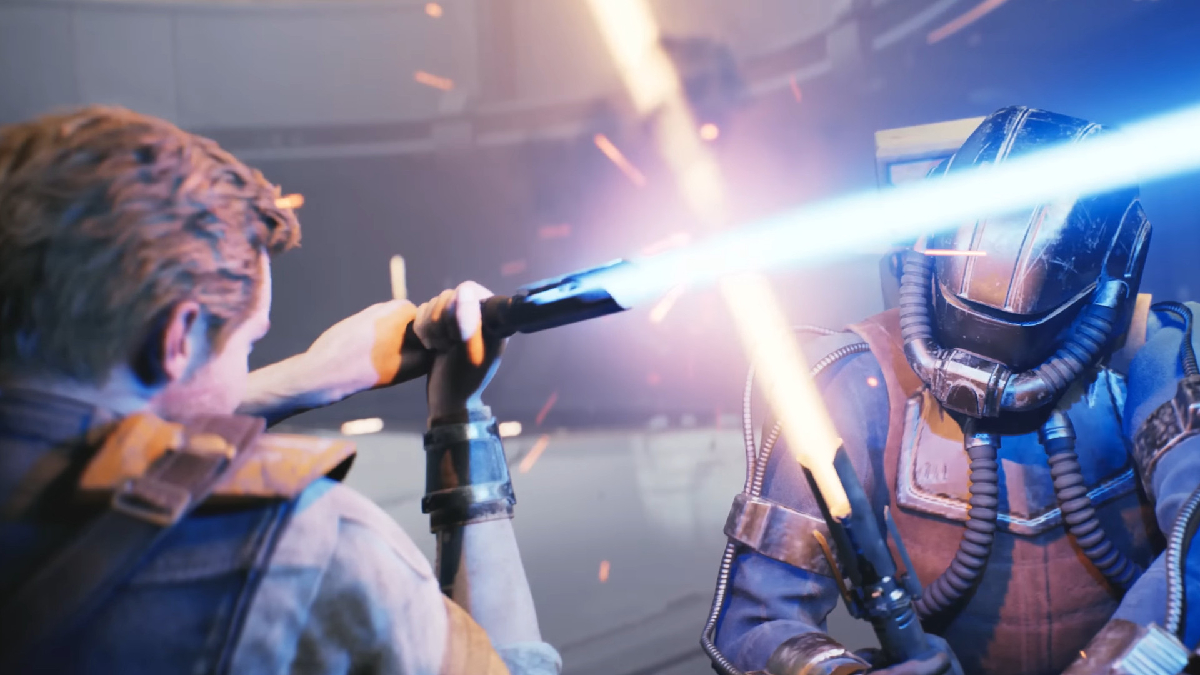Star Wars Jedi: Survivor delivers on the promise of expanding what was great in Fallen Order, while adding some very fun new twists on its Souls-inspired combat. In the previous game, Cal Kestis was able to use the single-bladed and double-bladed lightsaber styles, but in Survivor his repertoire is expanded to five stances. You can only equip two at any one time, and having finished the game (on default difficulty), I found that some were very ignorable, and others practically mandatory.
Individual mileage will vary based on your playstyle, but here are all five styles in the game ranked by how useful I found them.
5. Blaster stance
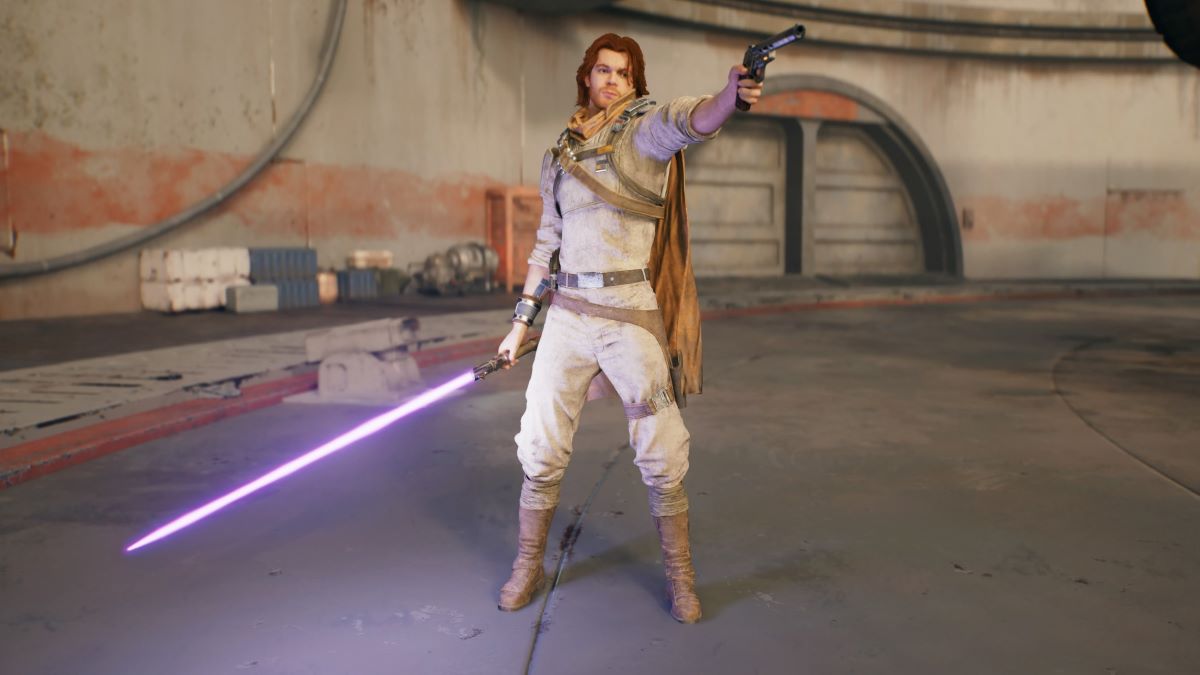
Obi-Wan Kenobi memorably criticized using a blaster as clumsy and random, preferring the elegance of lightsaber combat, though even he wasn’t above using one to finish off General Grievous in Revenge of the Sith. The Empire is at the height of its powers in Survivor, and Cal will use every option at his disposal to fight them, so midway through the game he’s given a very cool-looking blaster pistol, and incorporates it into a saber and blade fighting style.
It’s certainly unique, although I never found much use for it. You have a limited amount of shots, most lightsaber-wielding opponents will simply bat the bolts away from them, and all the other styles already have long-range options by deflecting incoming fire back at enemies. Upgrading it increases the number of shots you get, but seeing as most enemies will rush Cal and engage at close quarters, you’ll find eventually yourself falling back on your lightsaber in most battles. And at that point, blaster stance becomes a hindrance more than a help.
4. Double-bladed stance
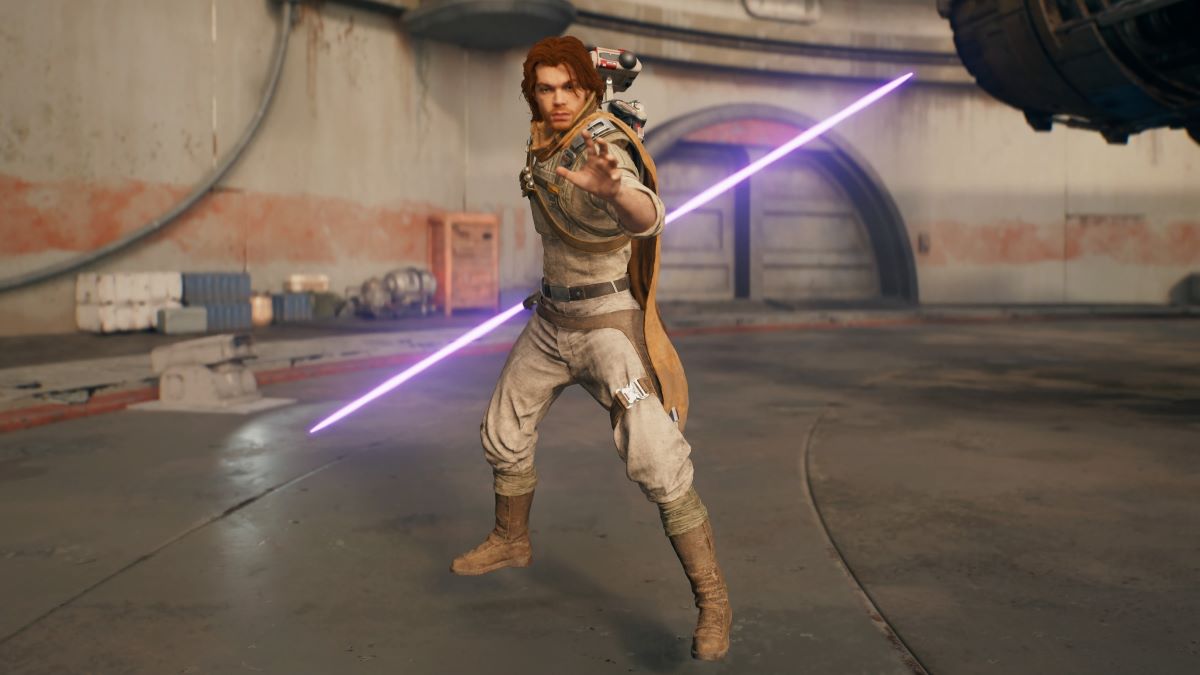
Just as in Fallen Order, you can channel your inner Darth Maul by going double-bladed. This is visually dazzling, has some of the coolest attack animations, and is intended to be used when fighting large groups of enemies. The wrinkle is that even a mildly upgraded Force Push is also fairly good at crowd control, and the damage output is too low to make it viable beyond the early game.
By the midway point I’d ditched it, as it’s easy enough to thin out crowds with blaster deflects and Force abilities before prioritizing the more powerful targets. If Survivor allowed you to equip more than two stances at any time, I might have used it more often, though the power difference between the scrub Stormtrooper enemies this is designed for and the more powerful droids and melee combatants is so great you’ll want to focus on damage output.
3. Twin blades stance
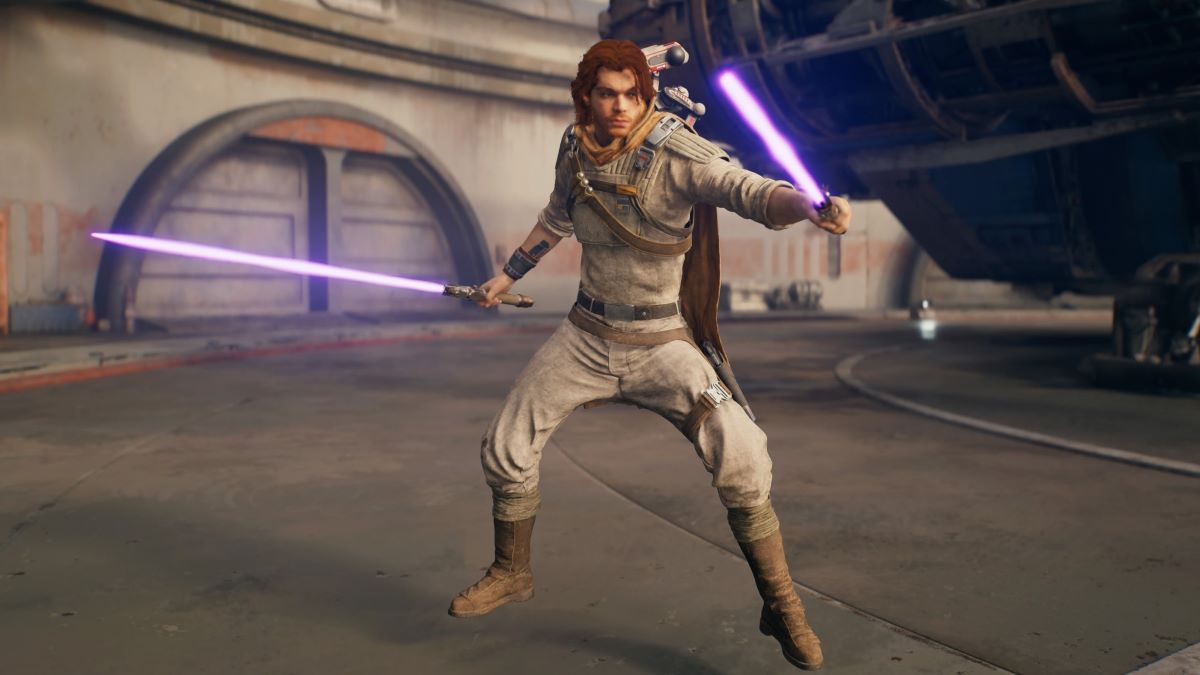
In Fallen Order, you could pile on the pressure with dual-wielded sabers, though this was only available as a special attack. Survivor promotes this to a complete style you obtain very early on, making it your best option for inflicting a lot of damage for at least half the game. The name of the game here is speed and aggression, letting you rapidly deplete your opponent’s guard, and quickly inflict a lot of damage.
For much of the early game, this was our go-to stance against bosses, with its ability to cancel out of attacks making it invaluable when quickly reacting to bosses’ unblockable attacks. This remains useful throughout the game, but was eventually superseded by the stance that’s number one on this list…
2. Single-blade stance
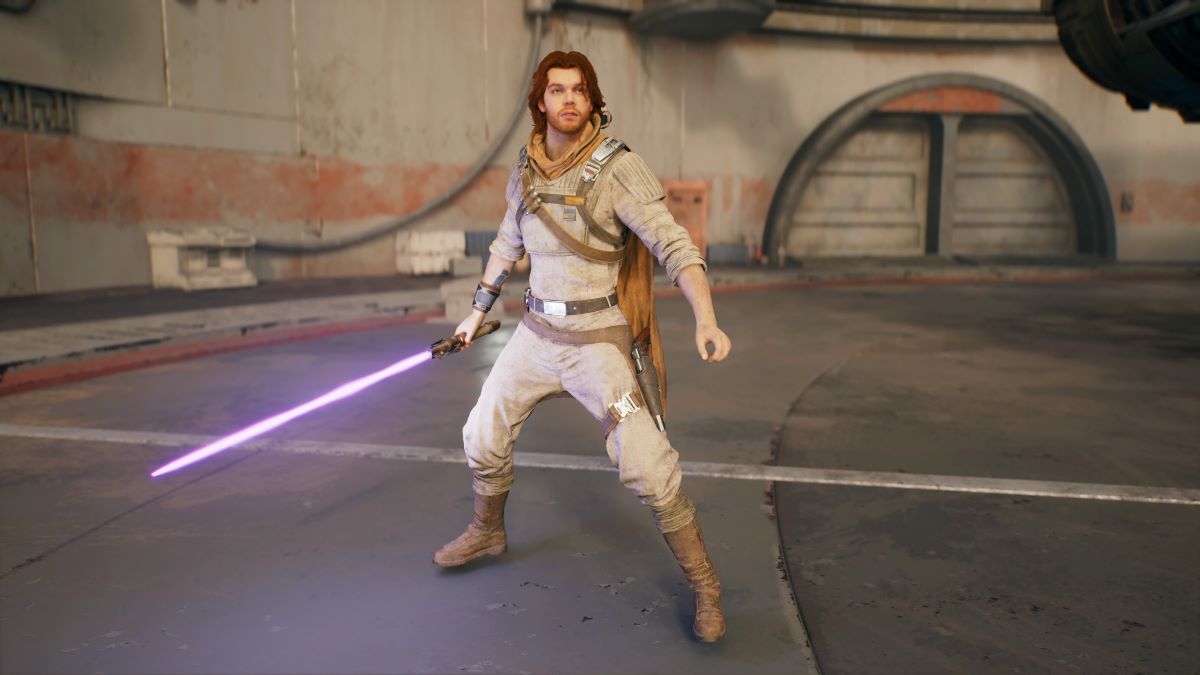
Also known as ‘yer bread and butter lightsaber style. It’s a bit boring, but will always get the job done. Single-blade is nicely balanced between offense and defense, the attack combos are very easy to master, parrying is relatively straightforward, and it can be upgraded with several new moves that let you mix things up in combat.
Throughout the game, you’ll fight a lot of Stormtroopers, melee opponents, and various alien beasts, and the single blade never let me down. As you are limited to just two stances at any time, it’s hard not to keep this in reserve as it’s useful for every single fight you’ll encounter.
1. Crossguard stance
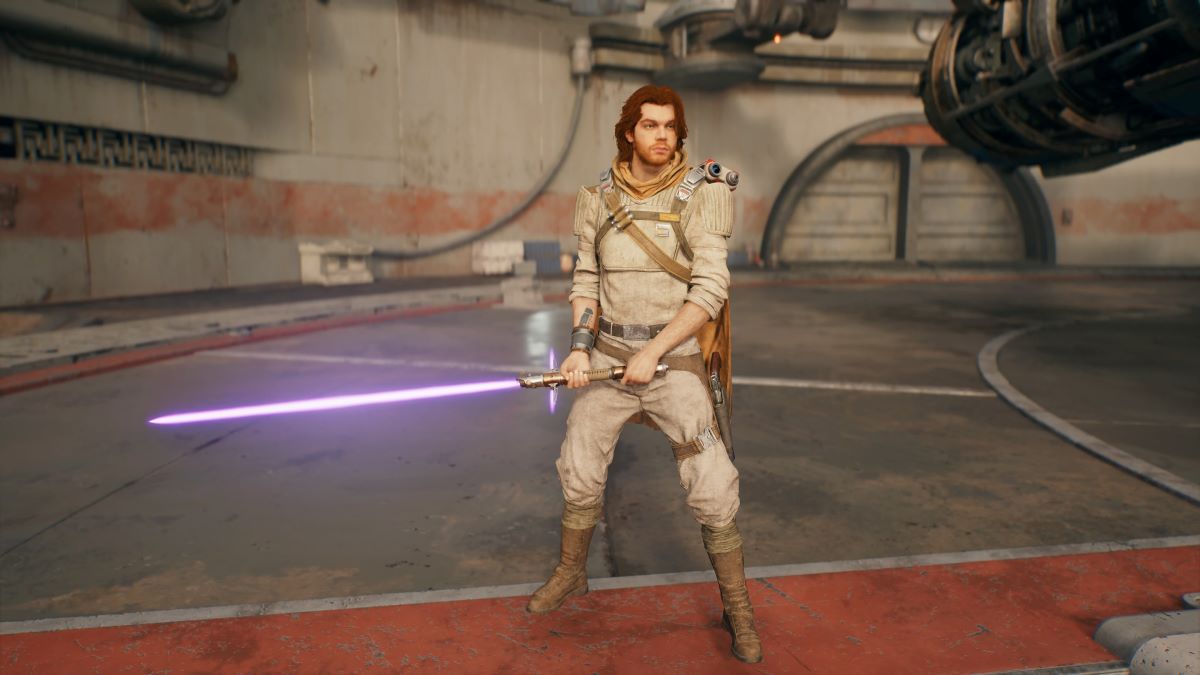
This lifts heavily from Kylo Ren’s combat style in the sequel trilogy, effectively turning your lightsaber into a broadsword. This gives you the most damaging moves in the game, though the flipside is that your attacks will have a long wind-up and leave you vulnerable. That said, mastering this got me through most of the late-game bosses, as I adored the amount of damage you can output and how quickly you can obliterate an opponent’s defenses.
One of the best moves in the game is to hold down the attack button for an immensely powerful overhead slash, which lets you dispatch most melee enemies in just a few swipes. Breaking a boss’s guard and then using it tends to knock them to the floor, letting you safely follow up with another heavy attack. My philosophy is that a shorter fight is an easier fight, so in the final levels I heavily relied on crossguard to quickly eliminate more powerful enemies and chew through boss health bars.
It’s still early days for Survivor, and higher-level players will be able to tease out nuances in each of these styles that eluded me. Perhaps there are more use cases for blaster stance than I encountered, and maybe on higher difficulties the increased vulnerability of cross-guard becomes a problem, but these are the tactics that saw me through to the credits.
Good luck out there, Jedi.

